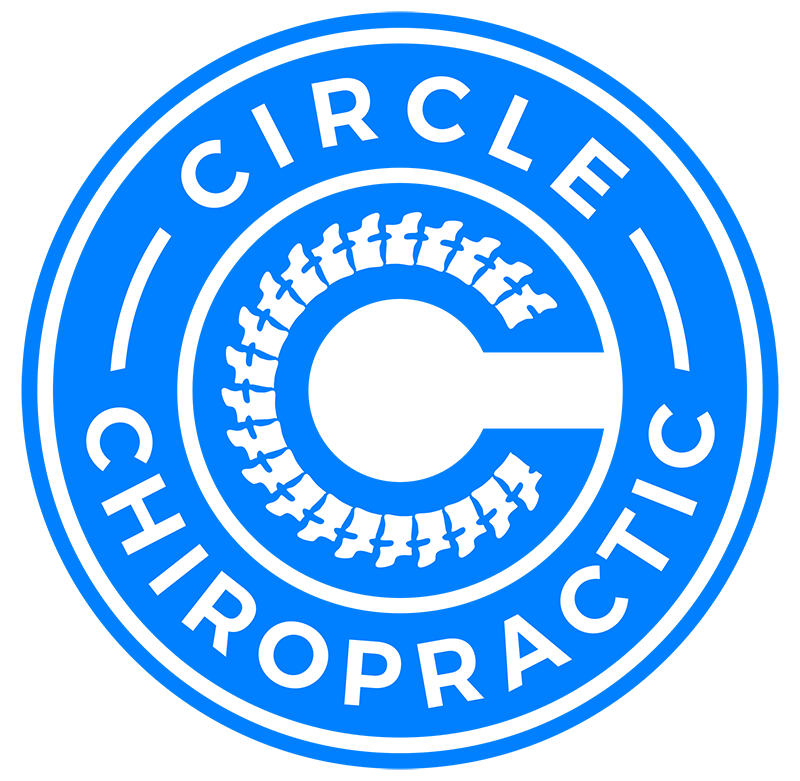The intervertebral disc is a special type of cartilage found between each of the 24 bones of your spine. Bands of fibrous tissue surround its jelly-like center. The disc provides space so pairs of nerve roots can exit the spinal cord from between each spinal bone.
However, “slipped disc” is a misleading term. That’s because no slippage actually occurs. Instead, a disc can thin, wedge, bulge, protrude, tear or herniate but never simply slips.
What Causes A “Slipped Disc”?
The jelly-like “ball bearing” center is called the nucleus pulposus. Improper lifting, slips and falls, a car accident or other trauma can cause the disc to bulge or herniate. This can irritate nearby nerves, which can be quite painful.
Traditional management of disc conditions usually involves potentially addictive pain medication and, eventually, surgery.
A more conservative approach is chiropractic care. A series of adjustments can often restore spinal biomechanics. As structure and function are improved, many disc problems resolve naturally. While it may require some type of ongoing supportive care, our all-natural approach avoids the risks, costs and unpredictable outcomes associated with surgery.
Do you know someone suffering from a so-called “slipped disc”? Remember, chiropractic first, drugs second and surgery last.

